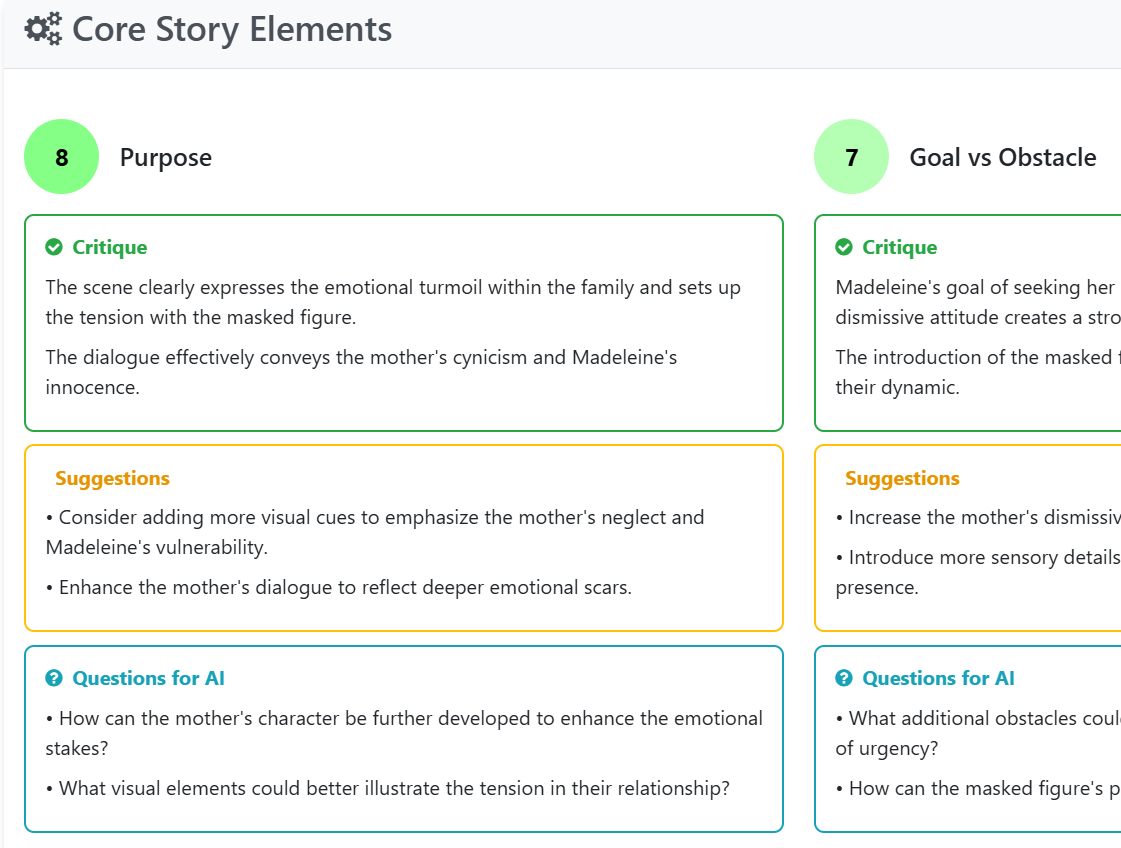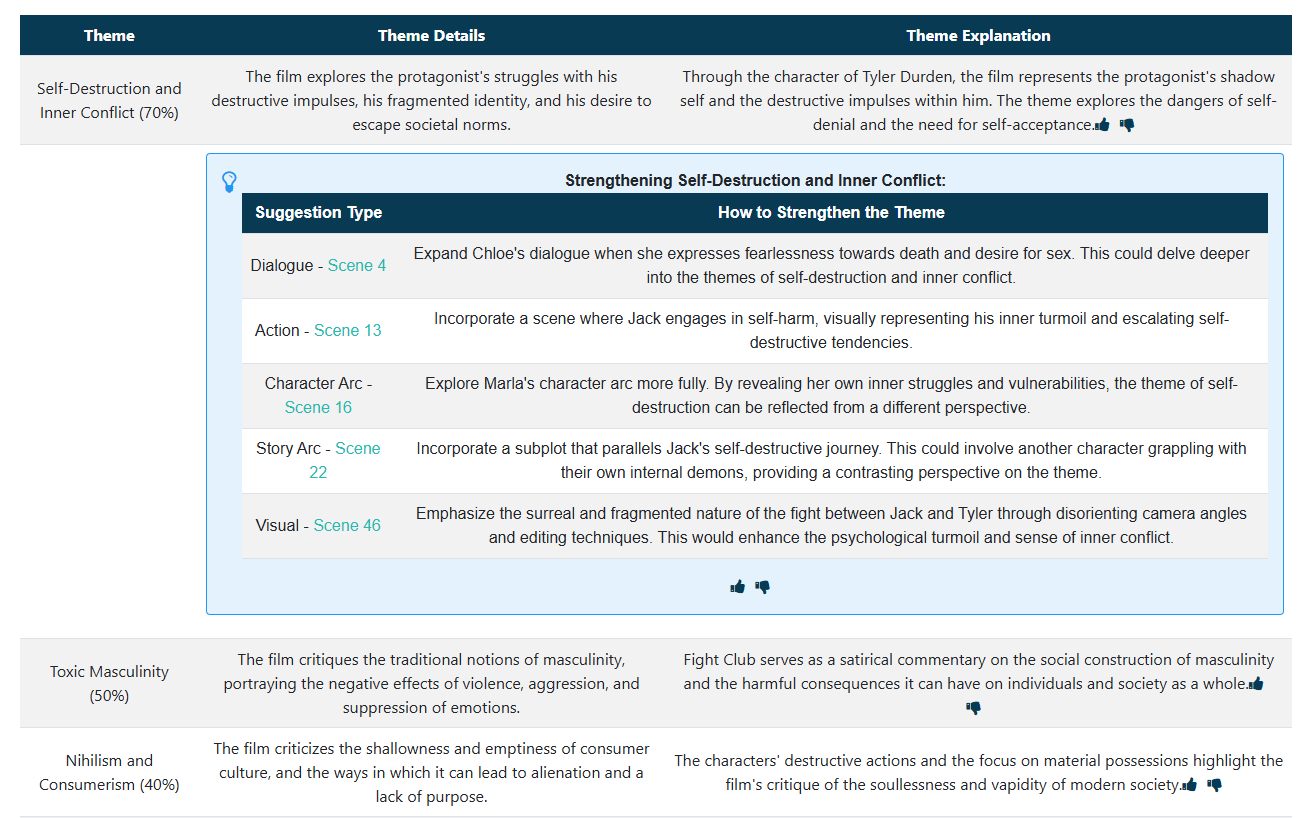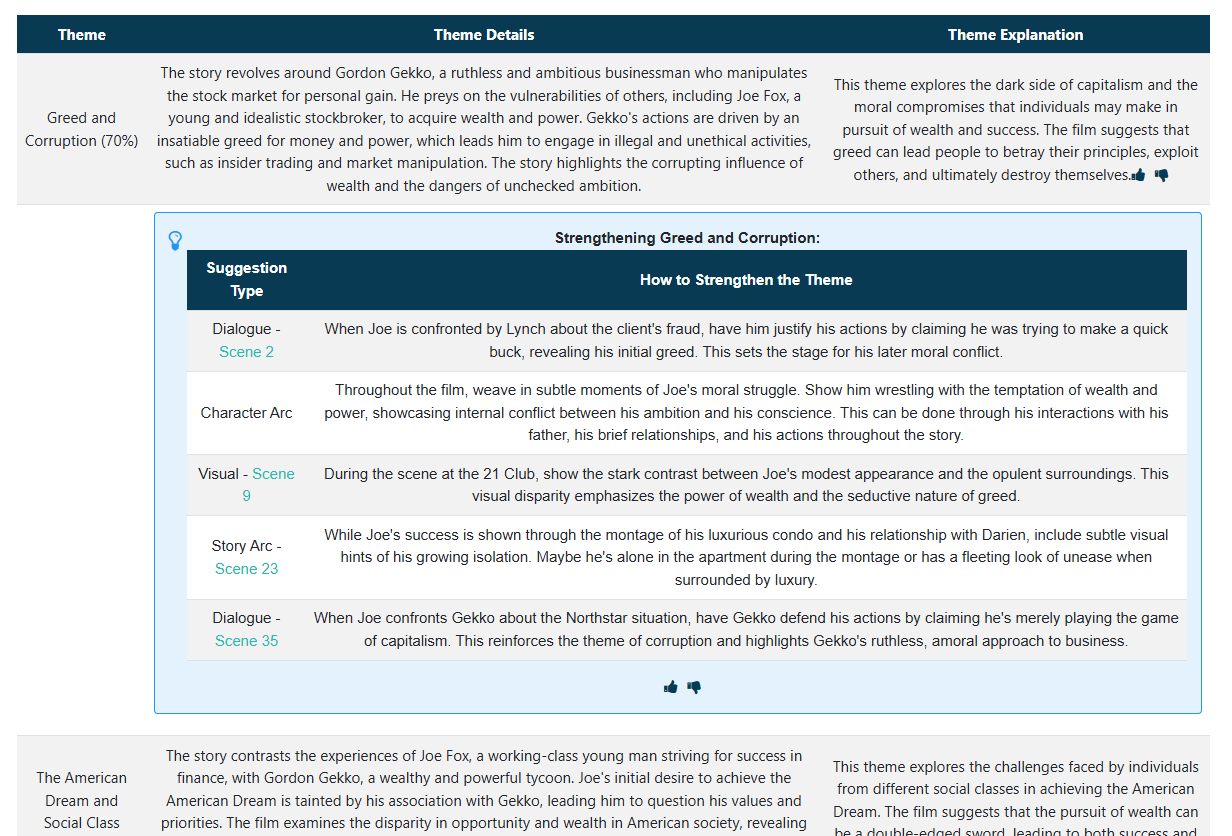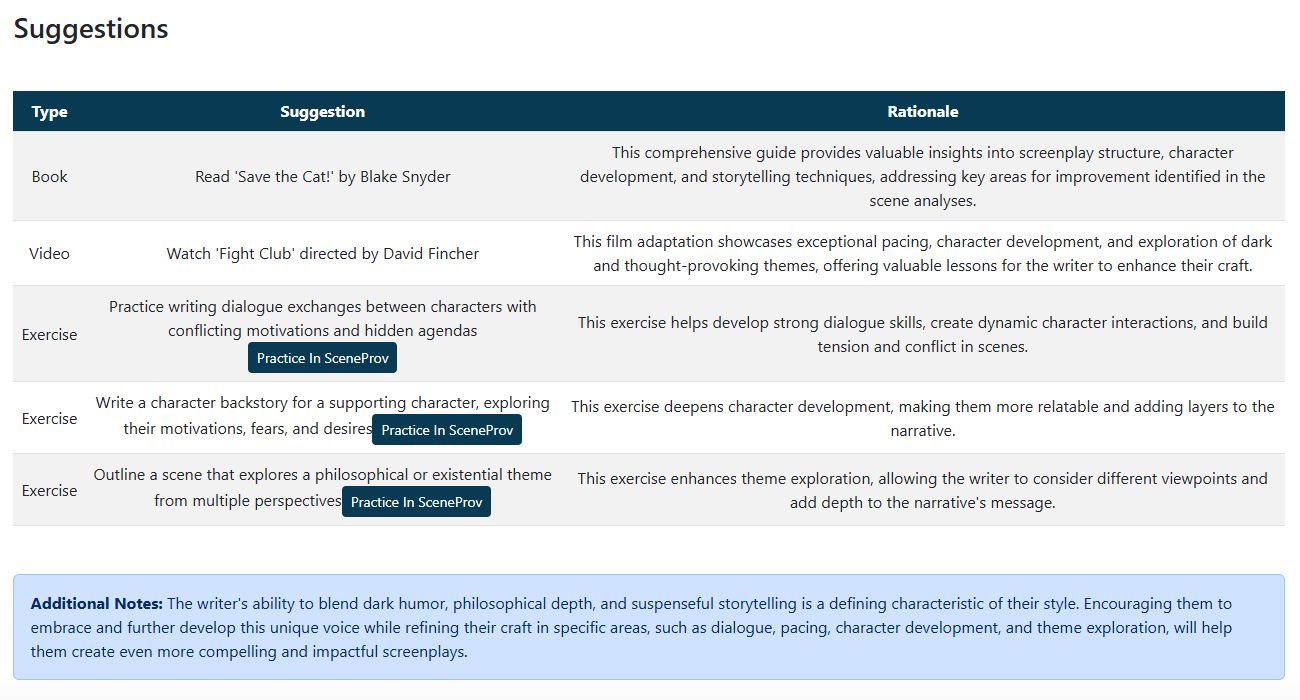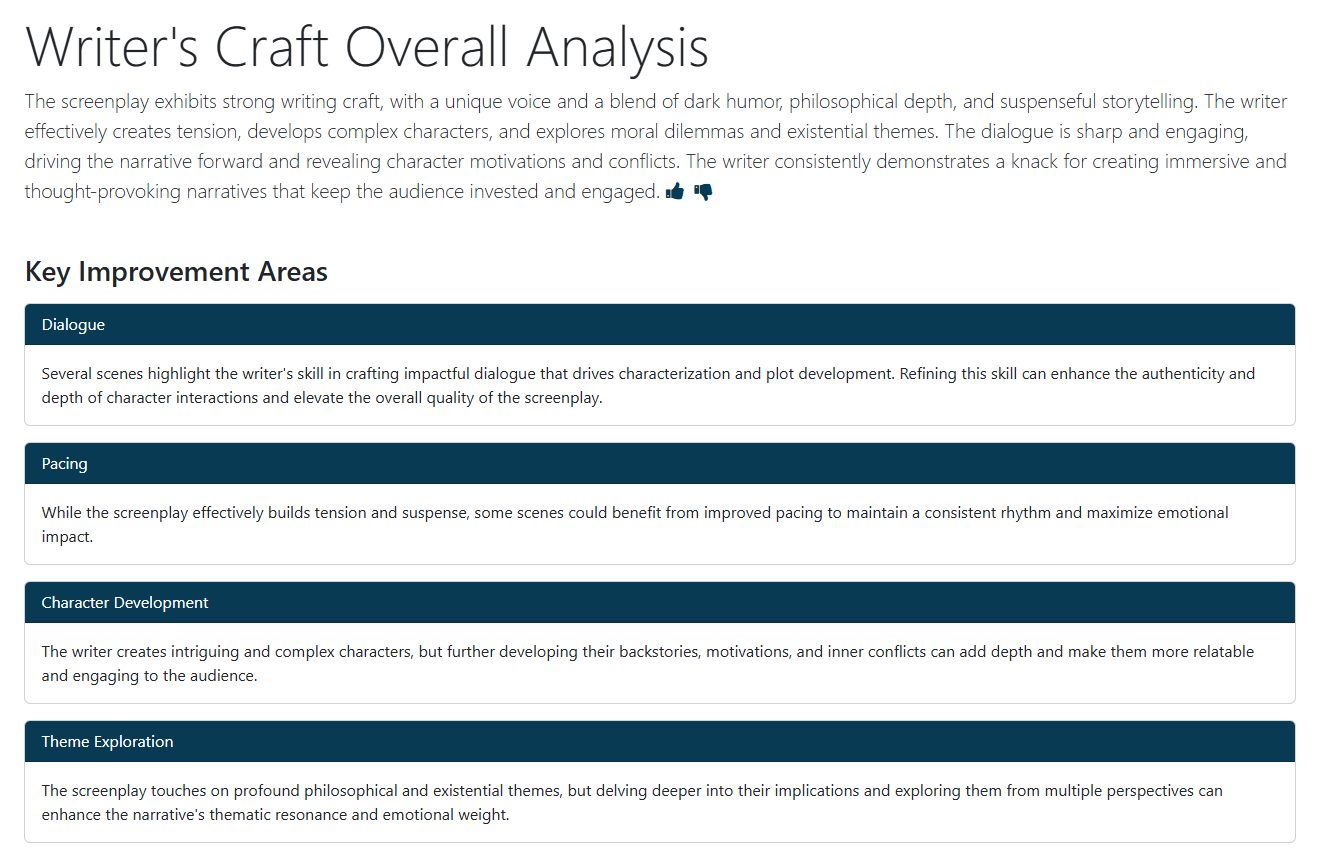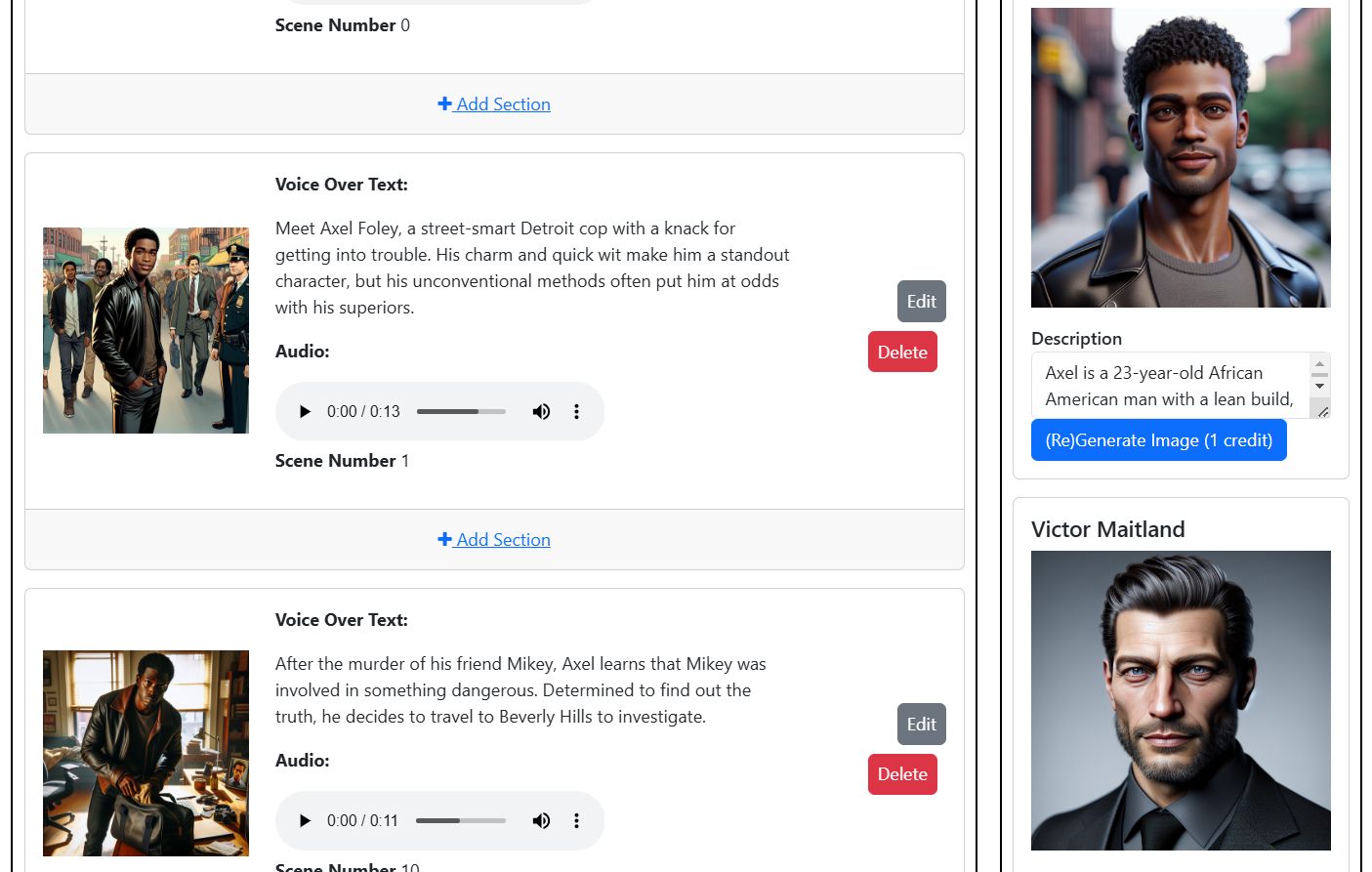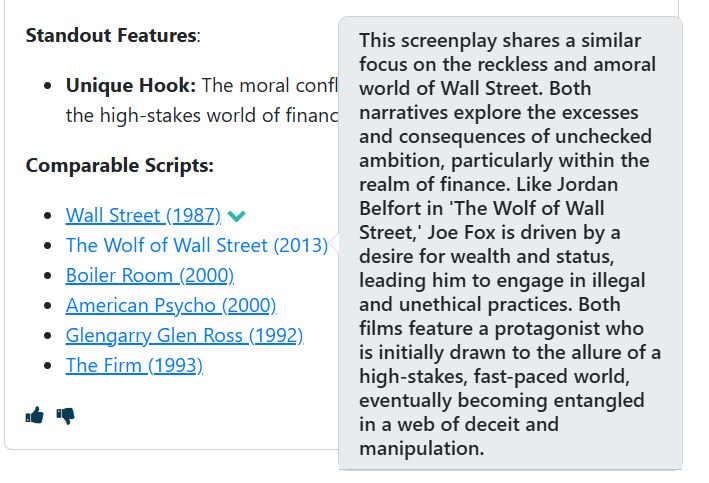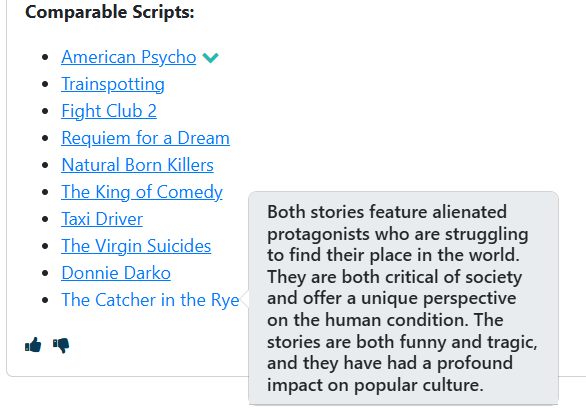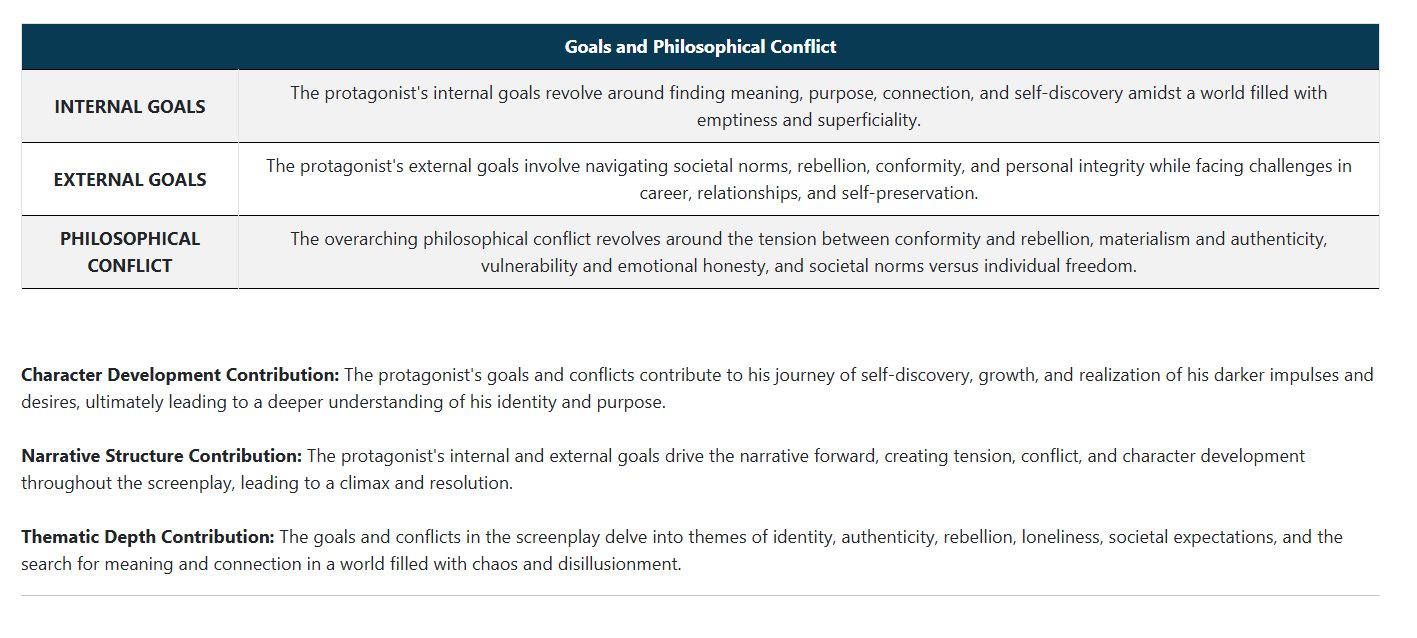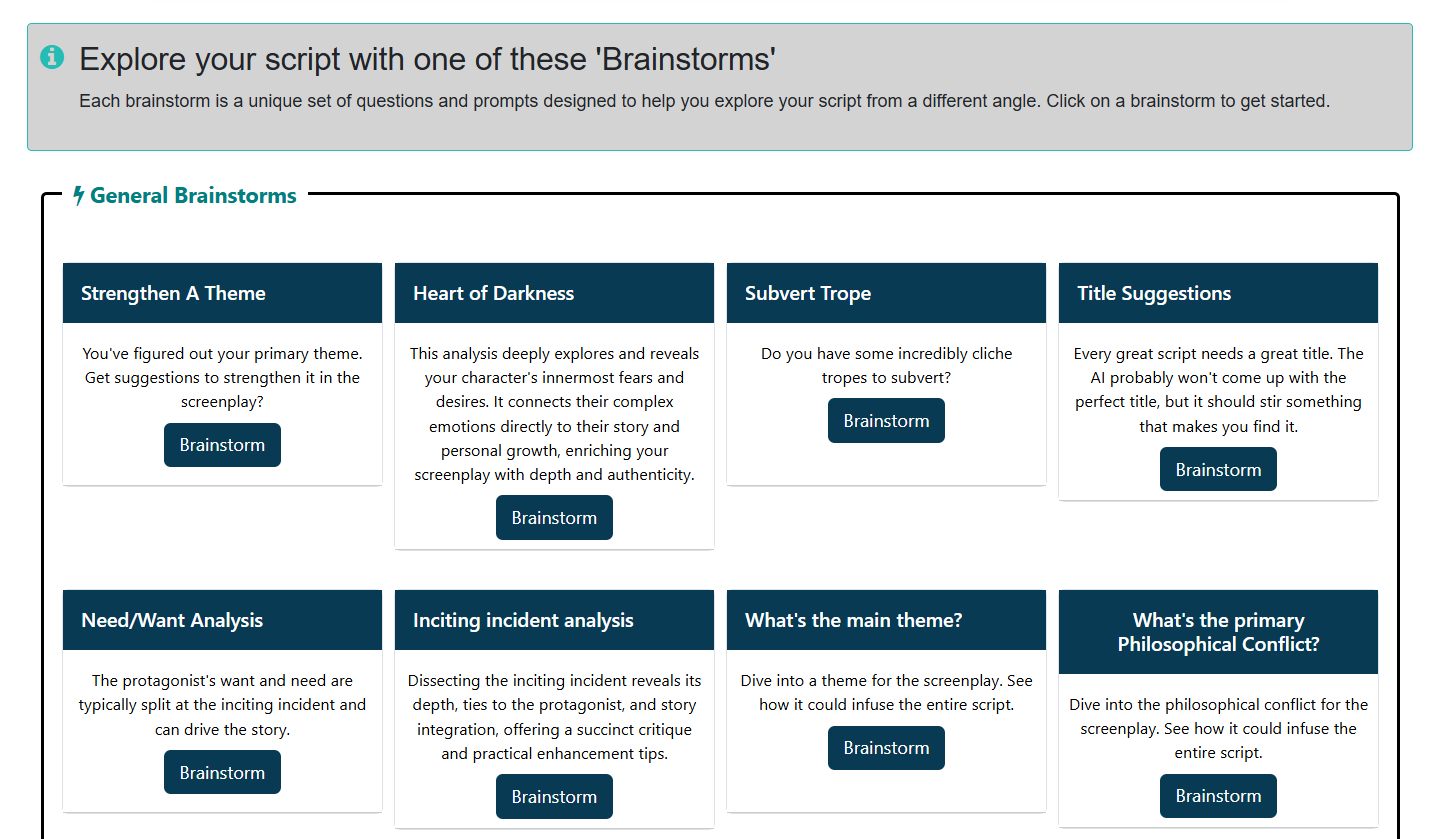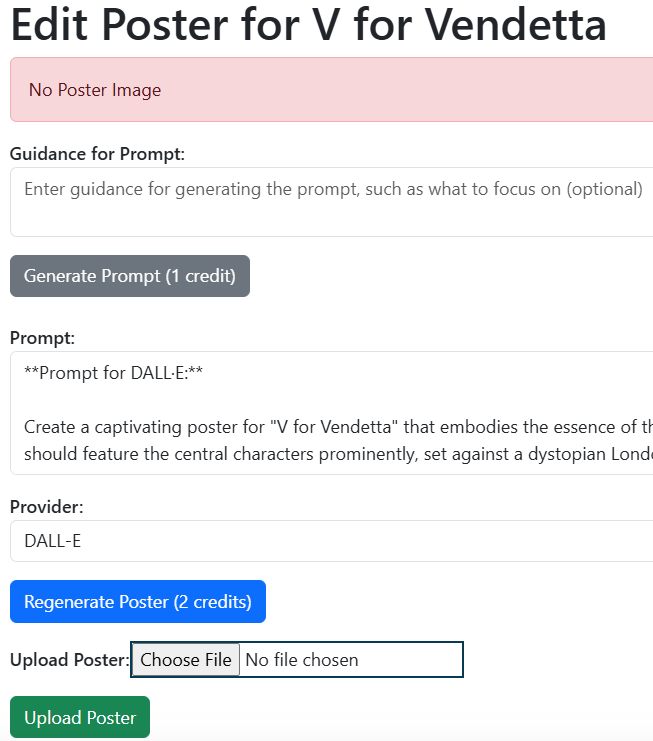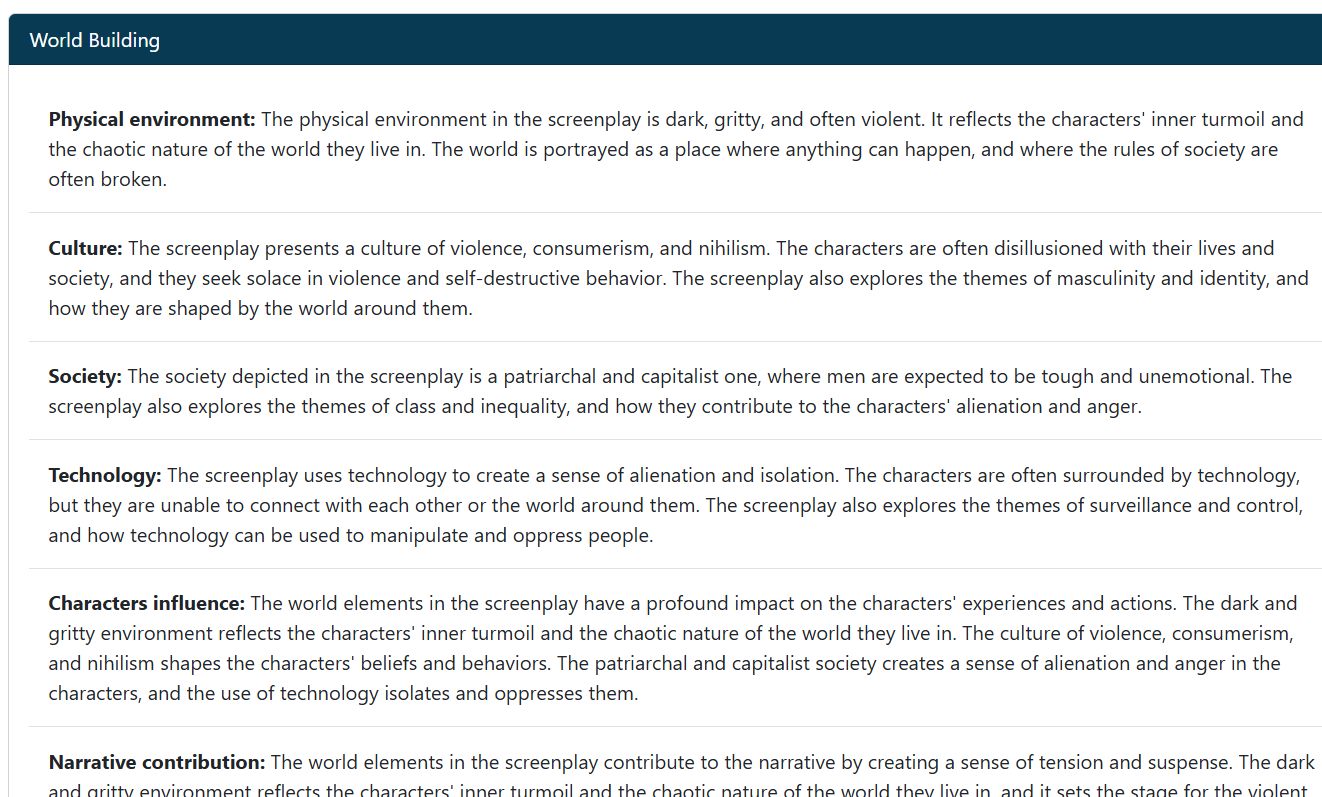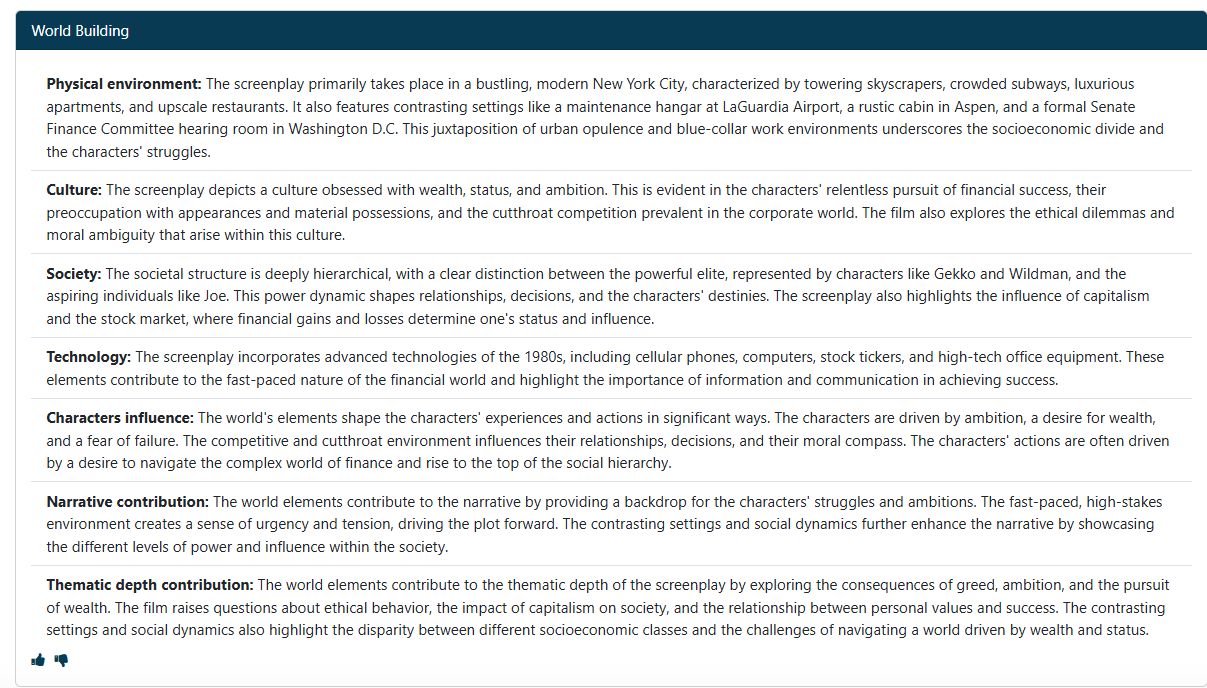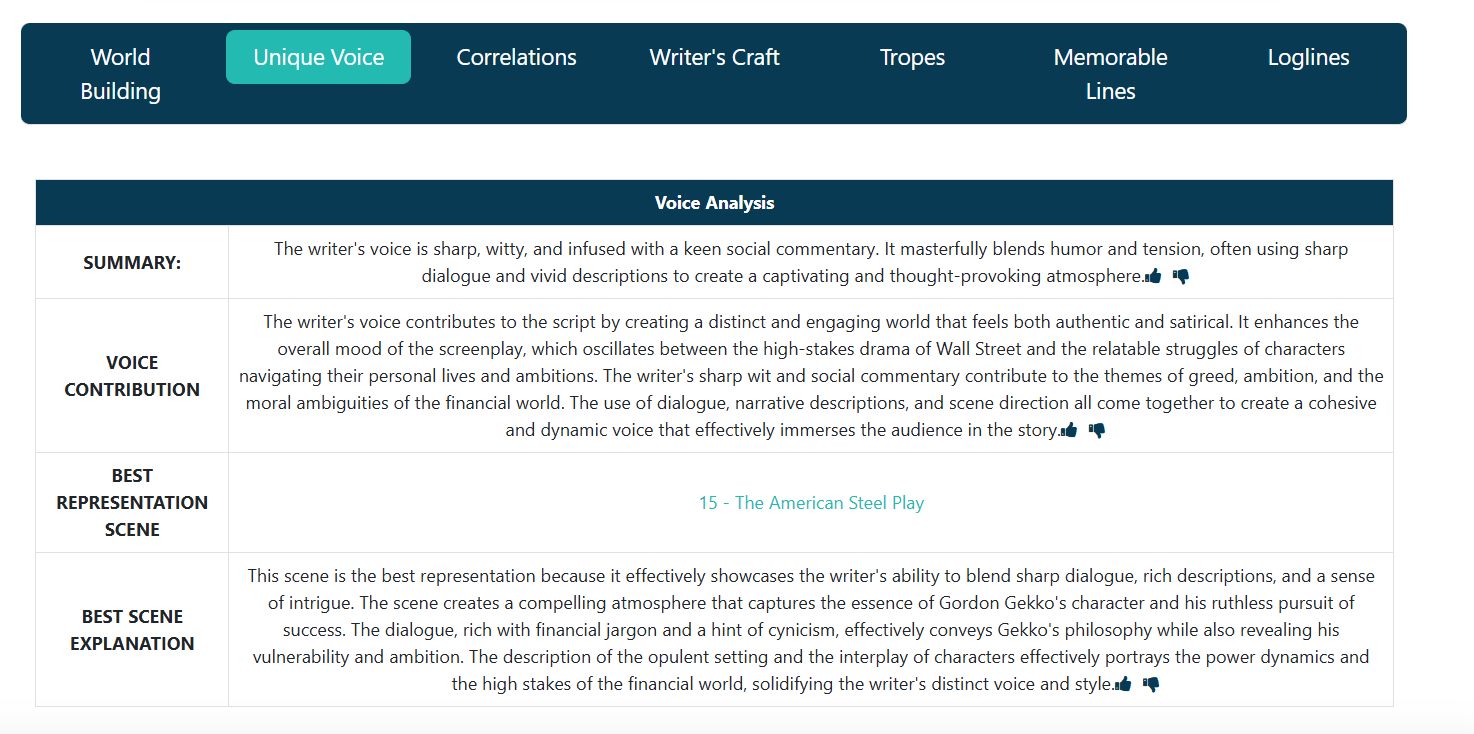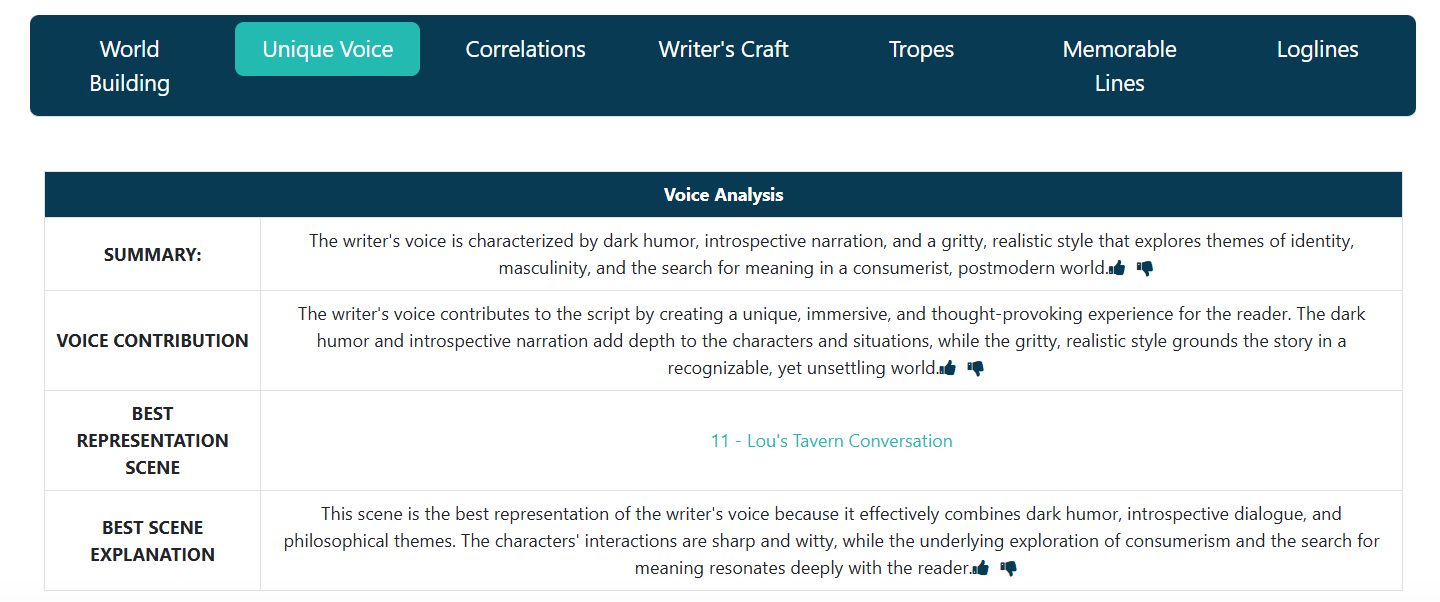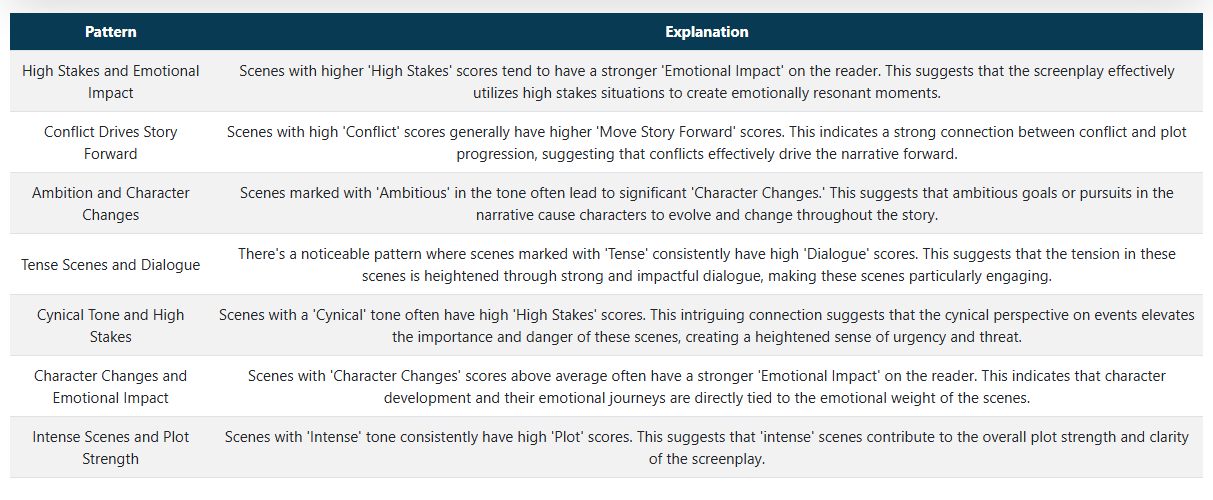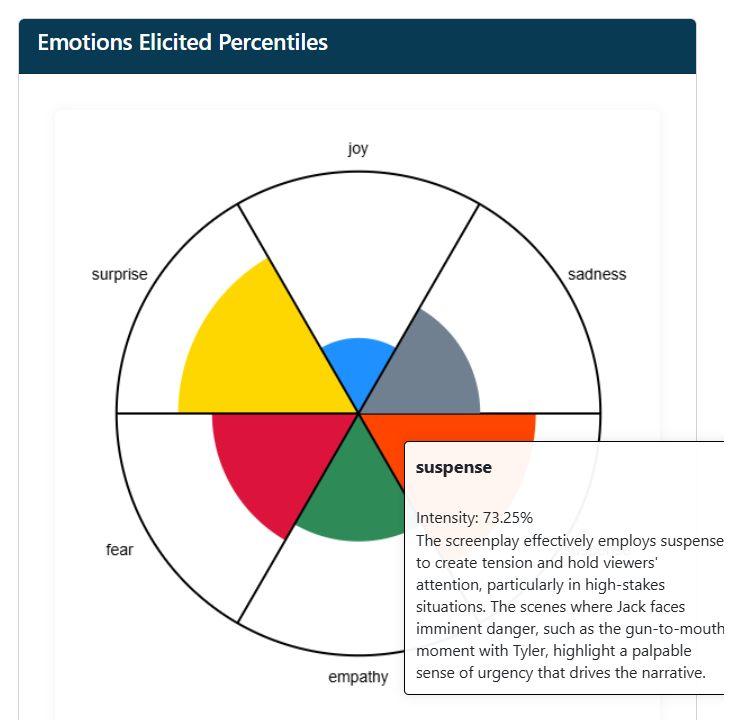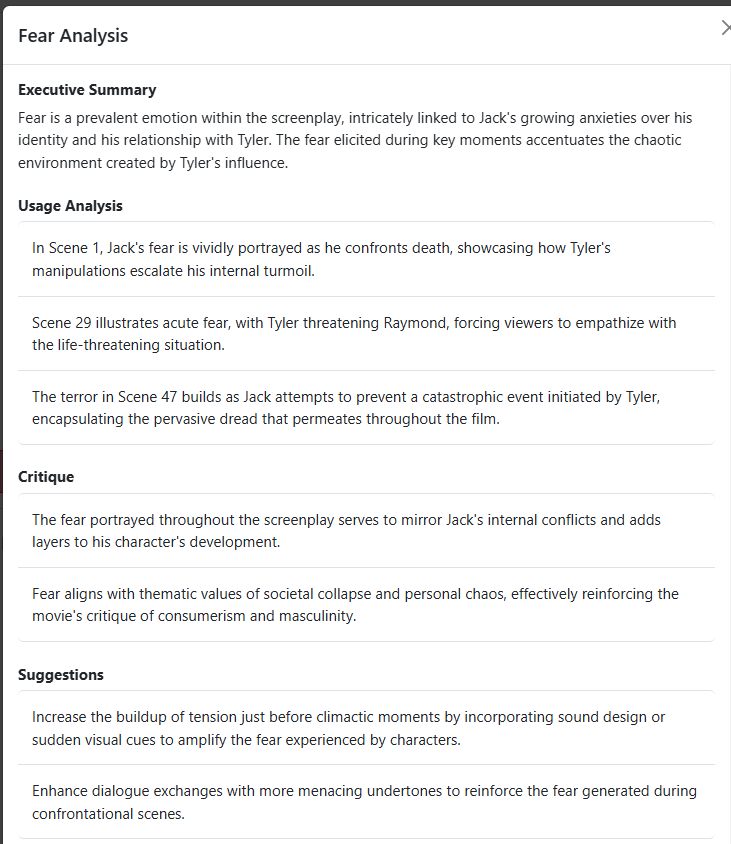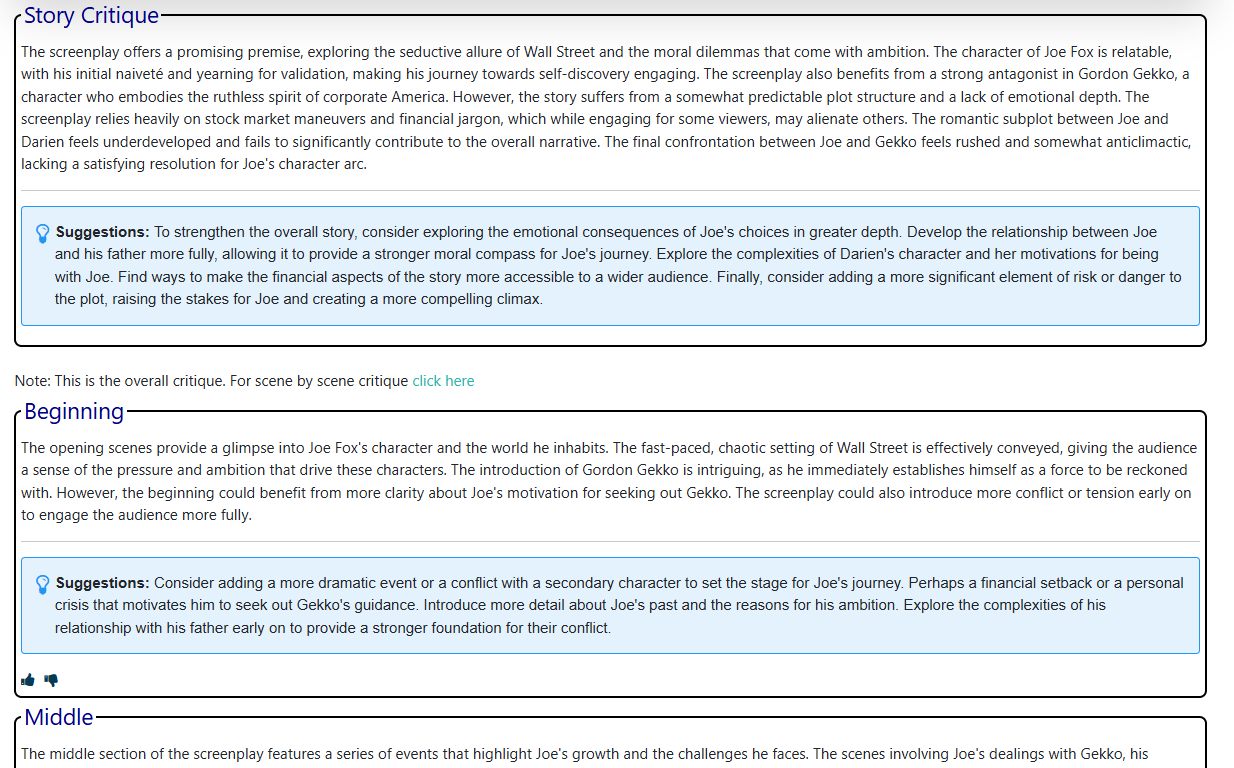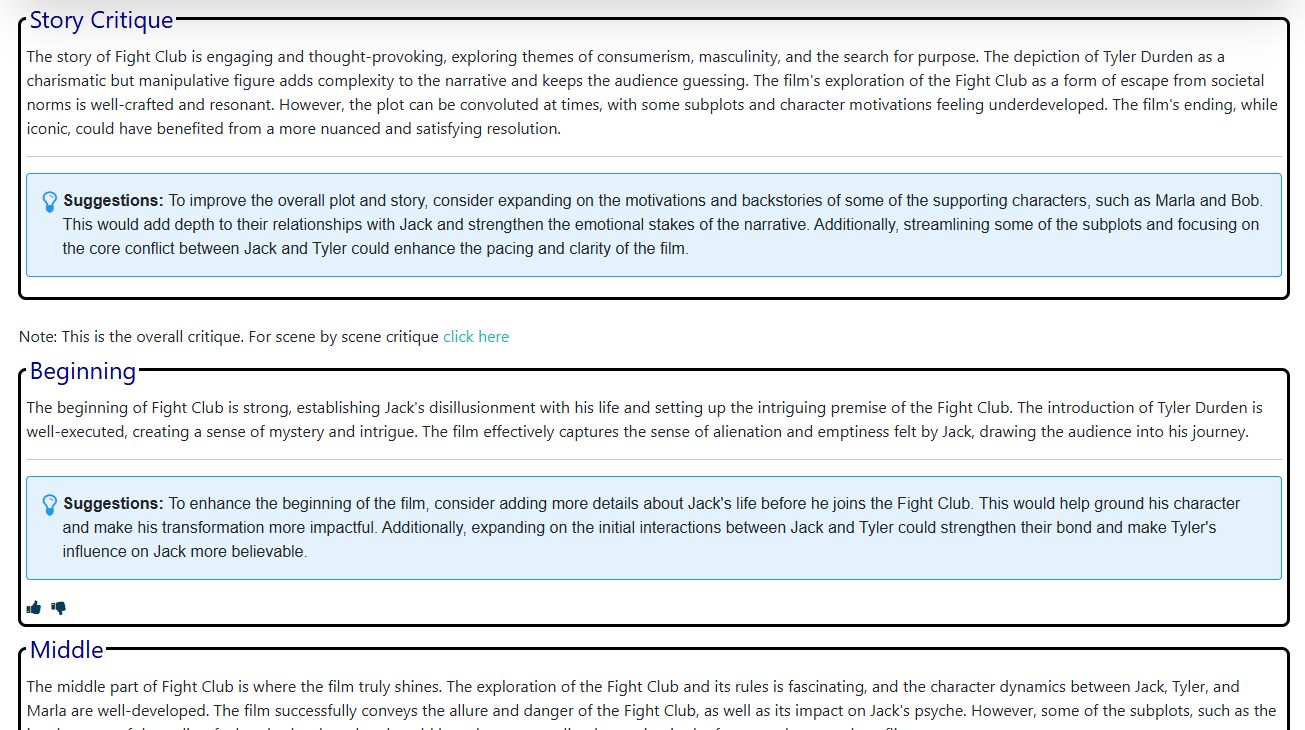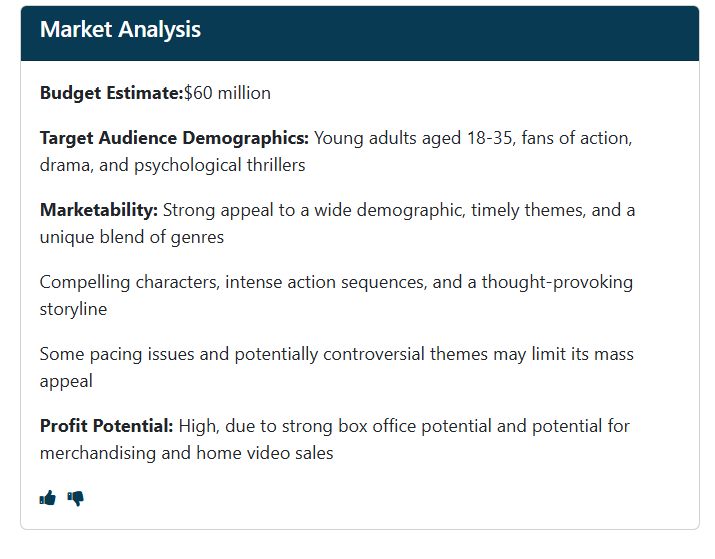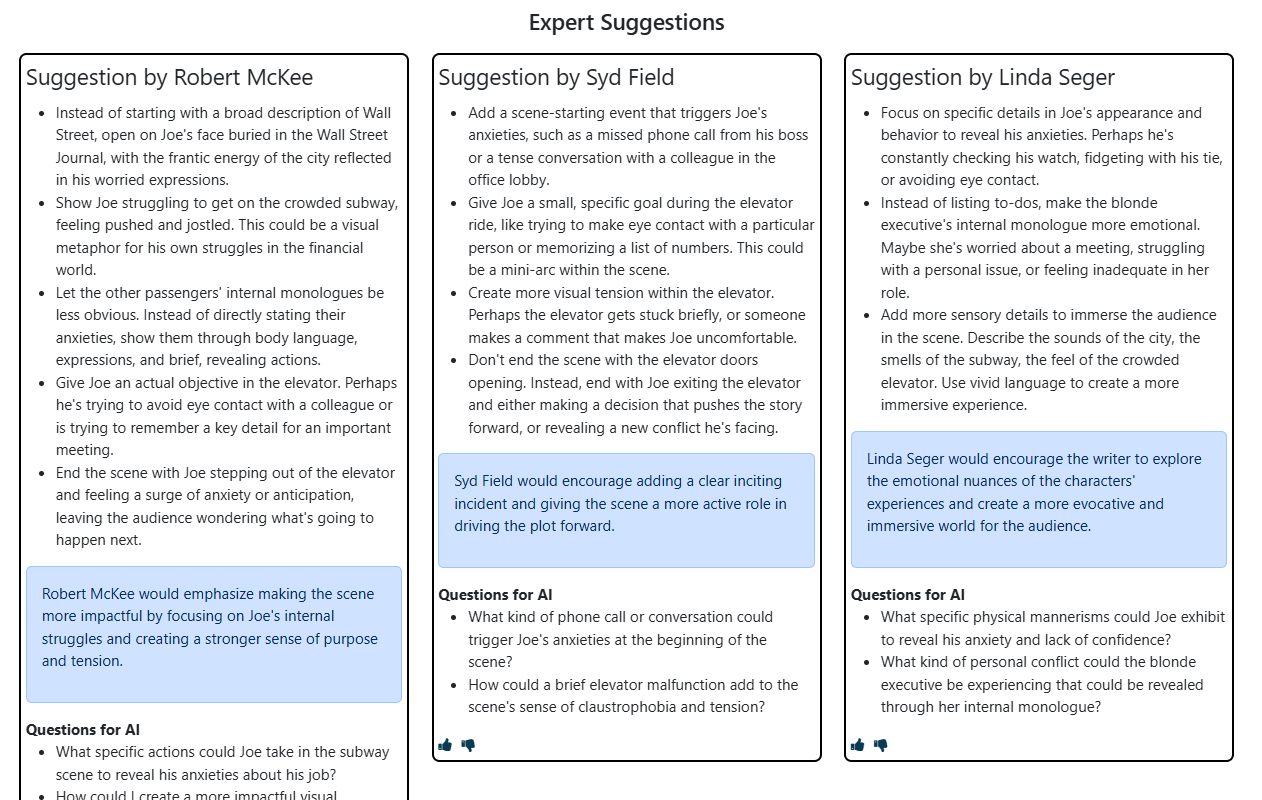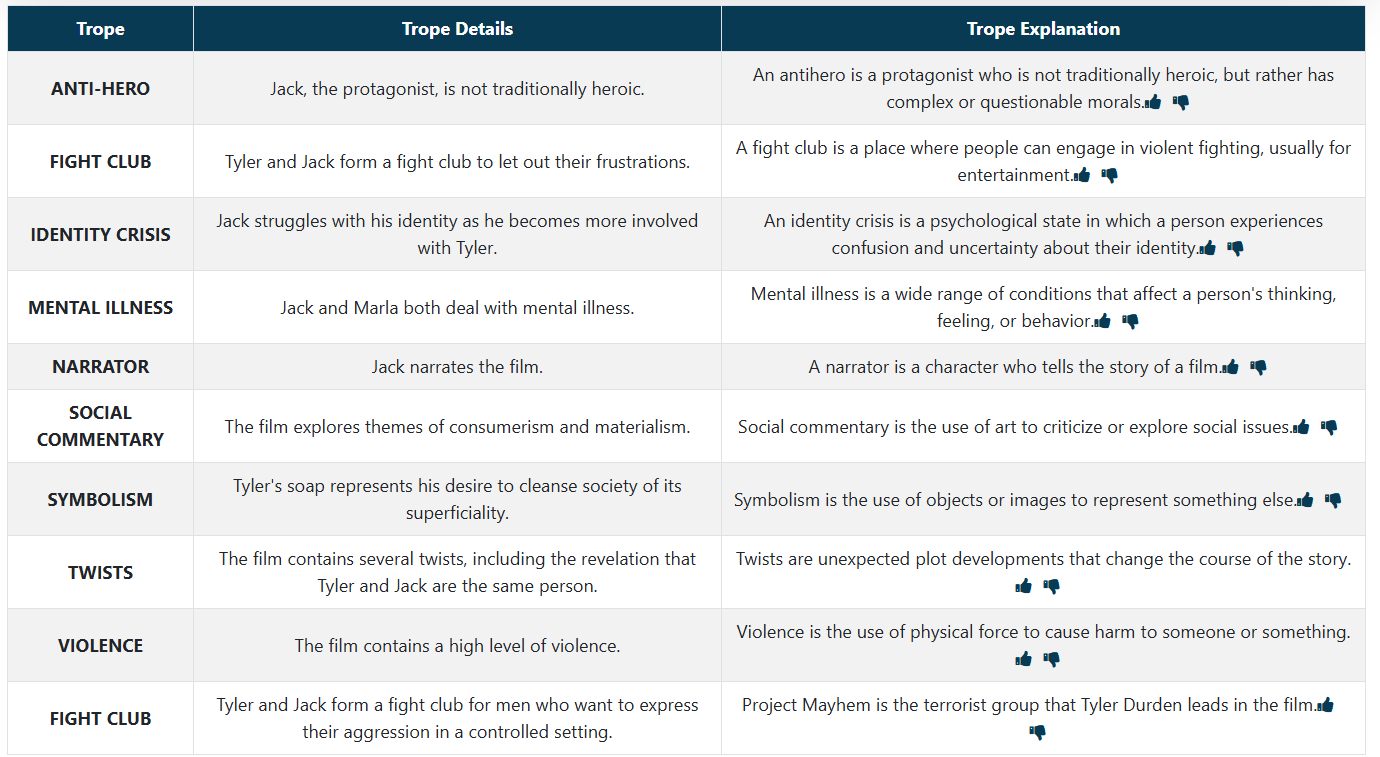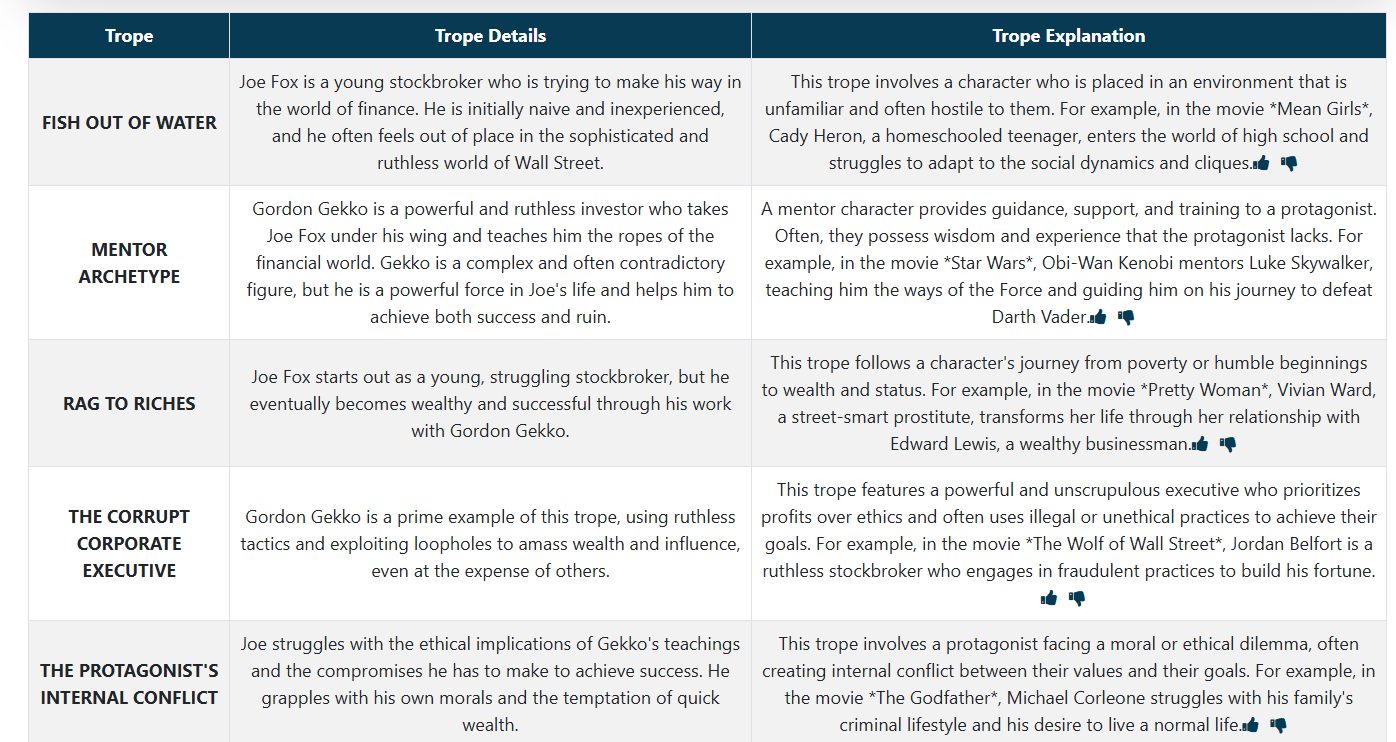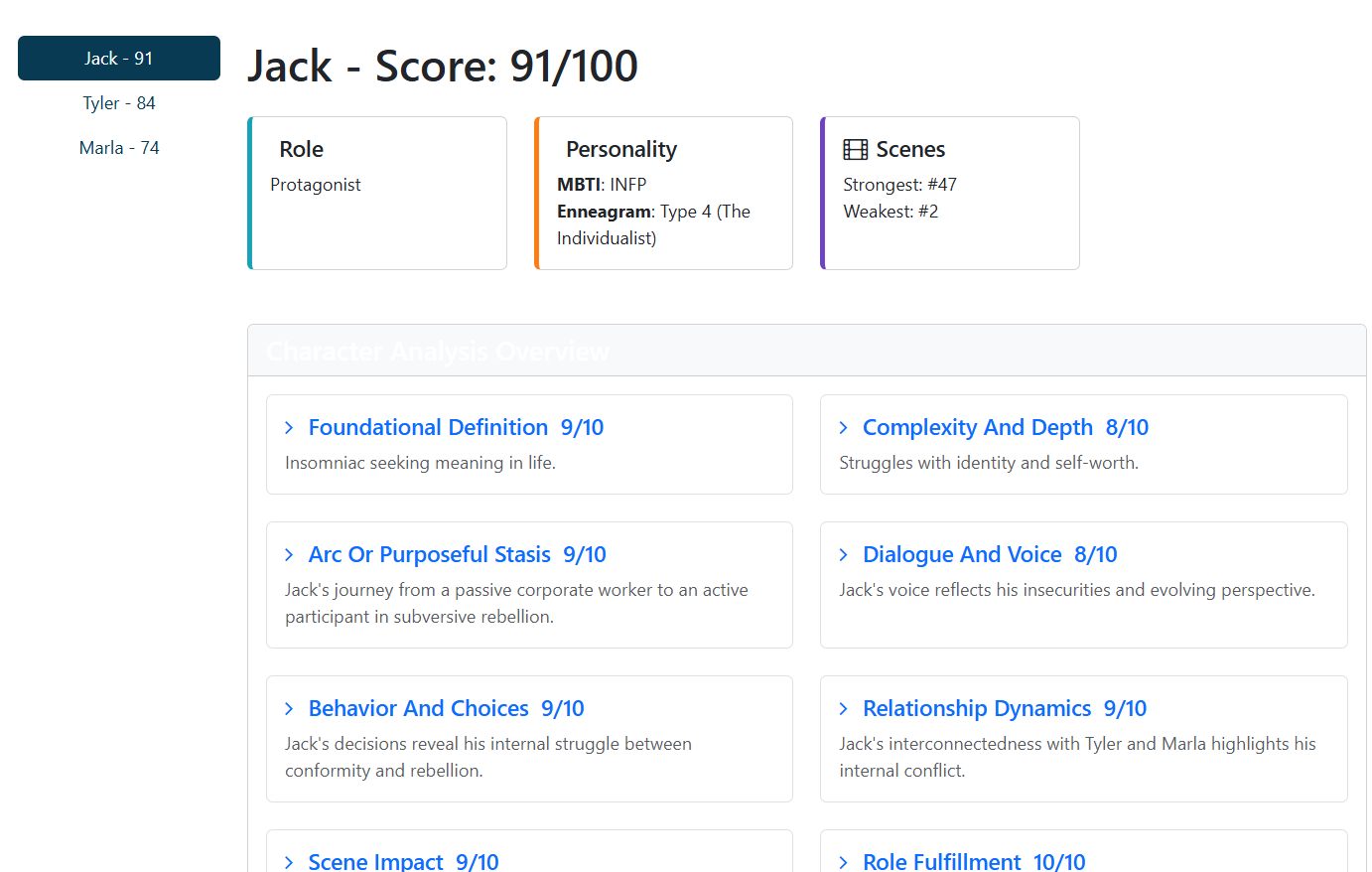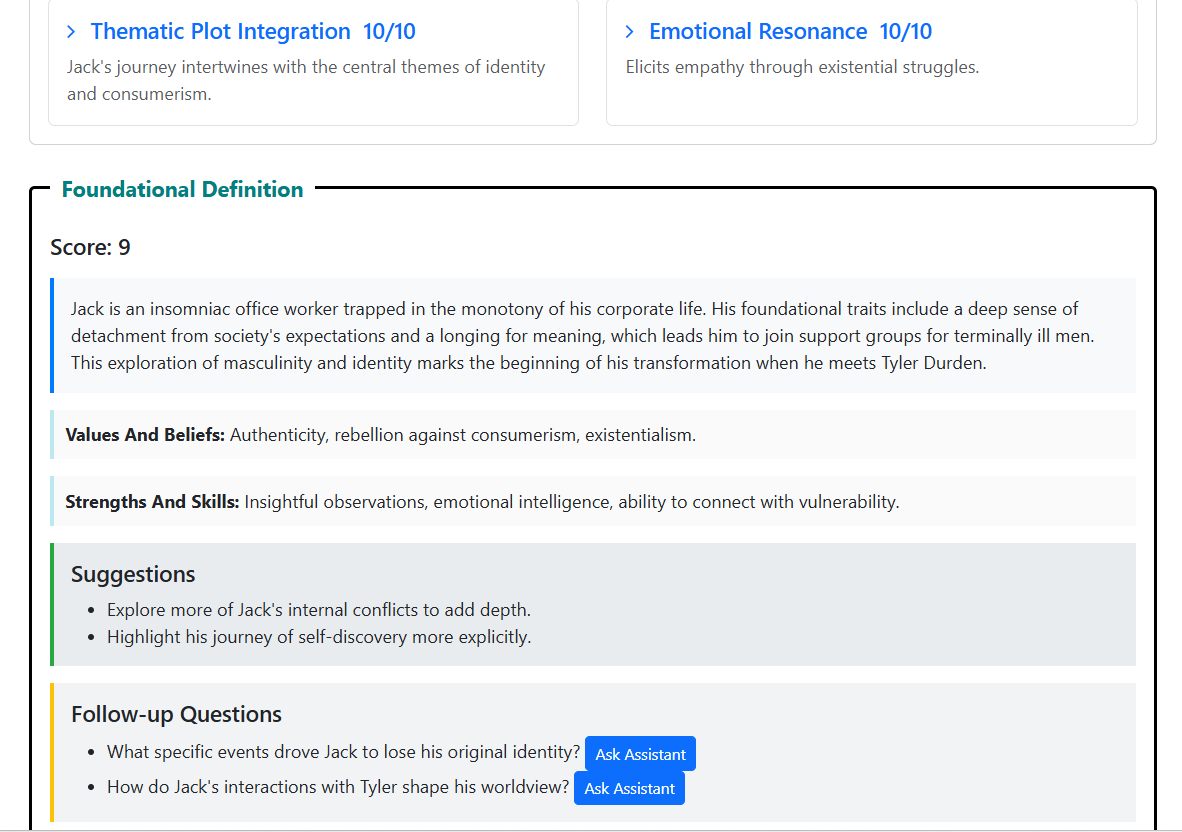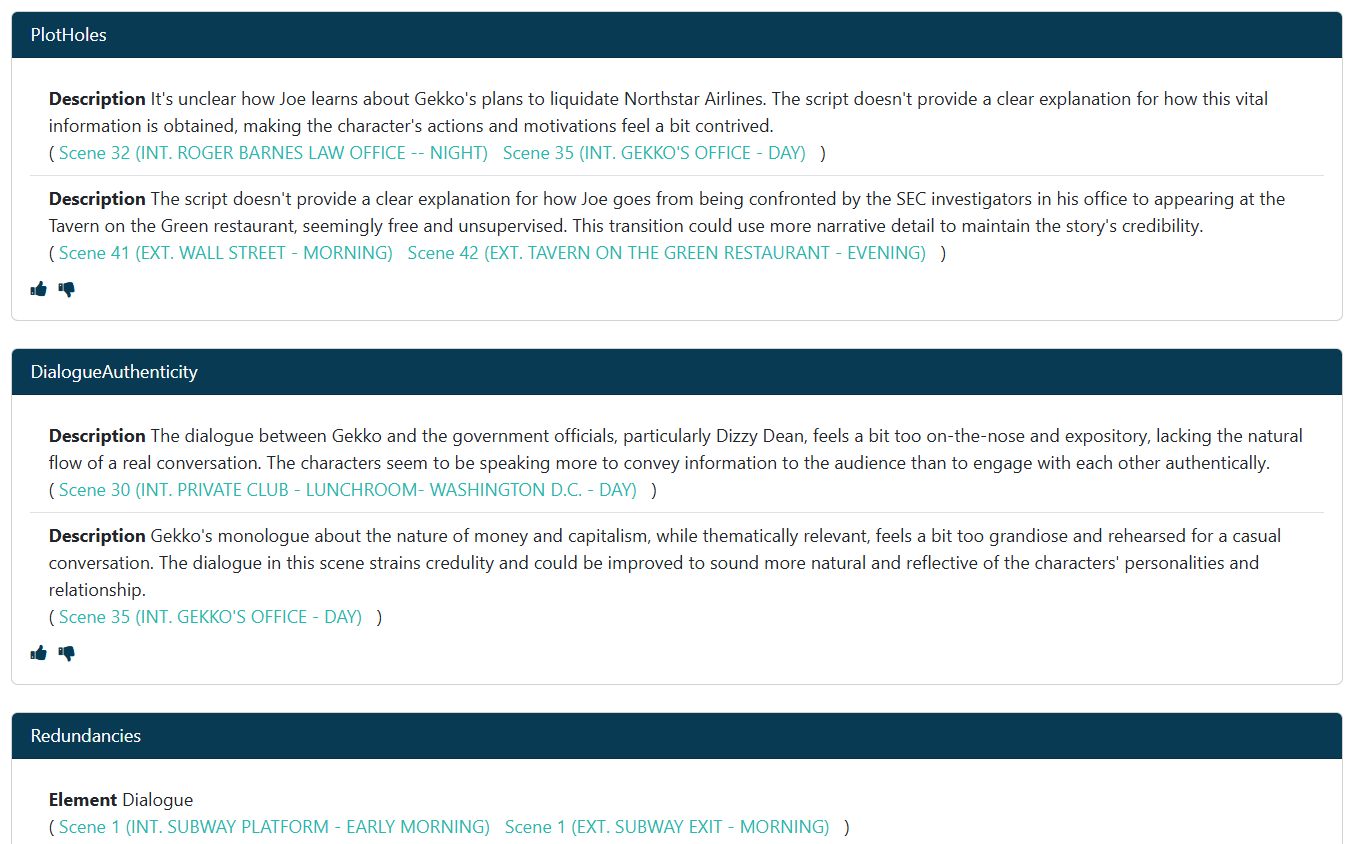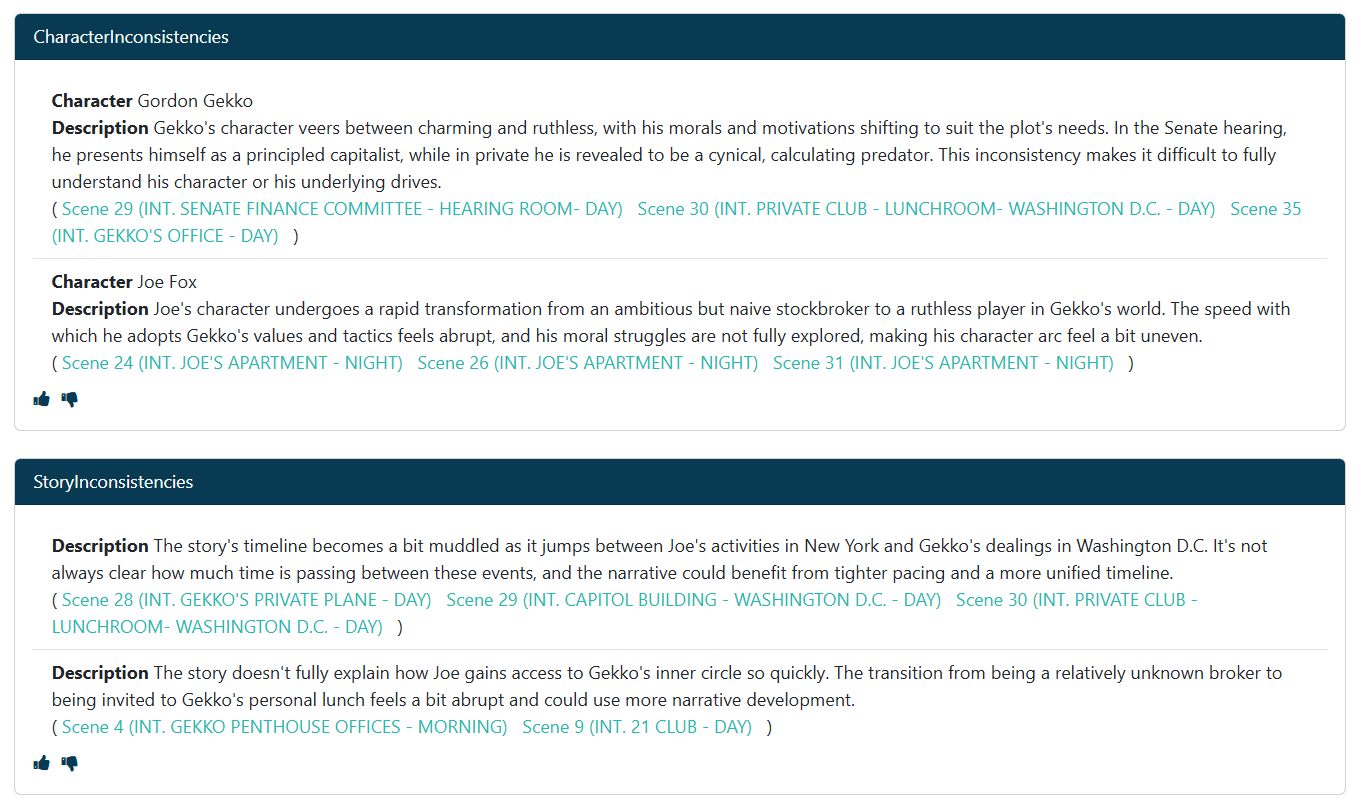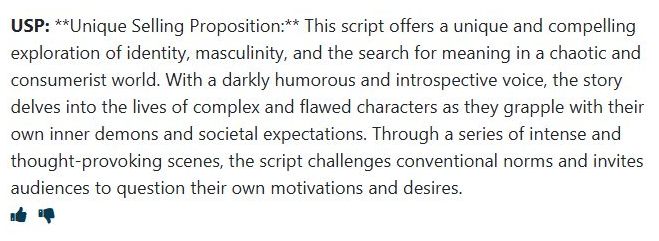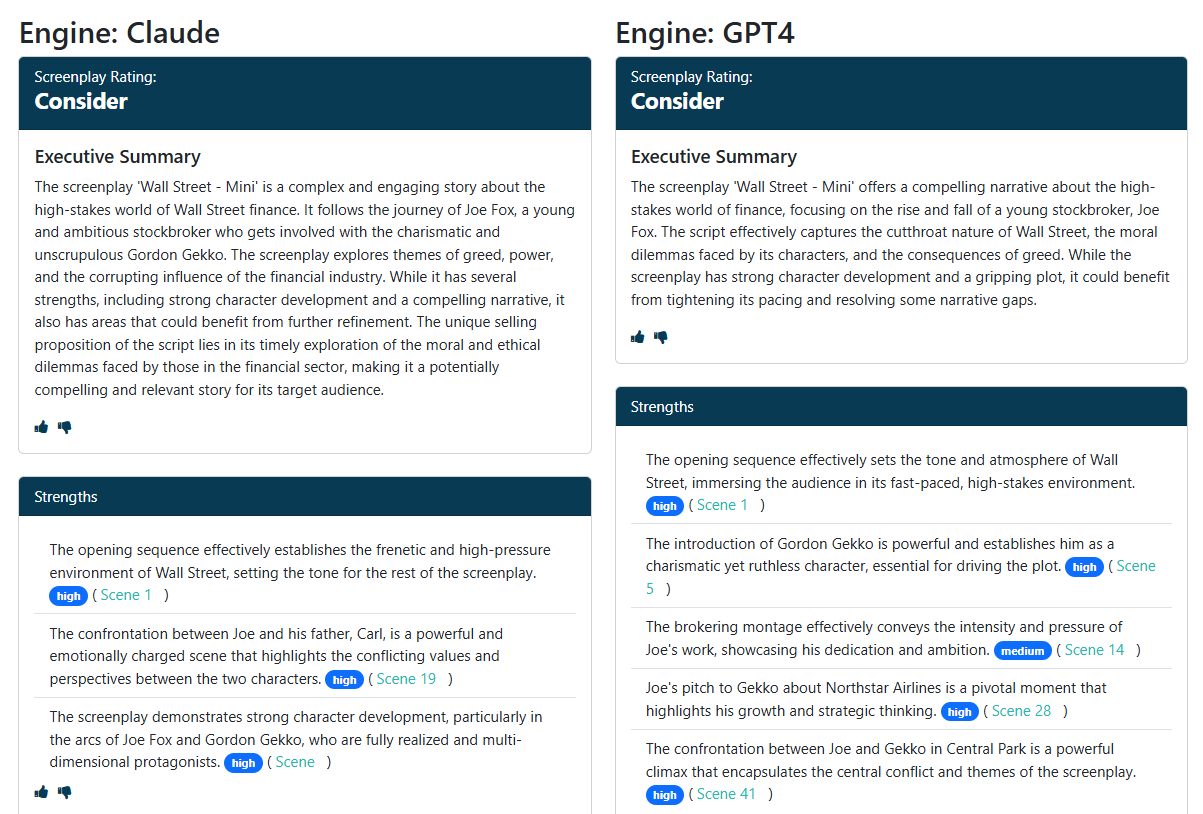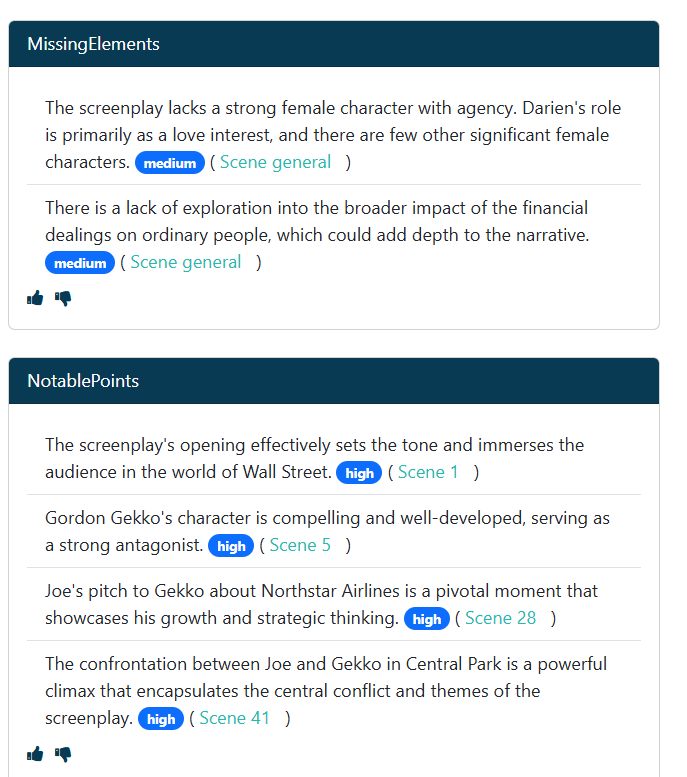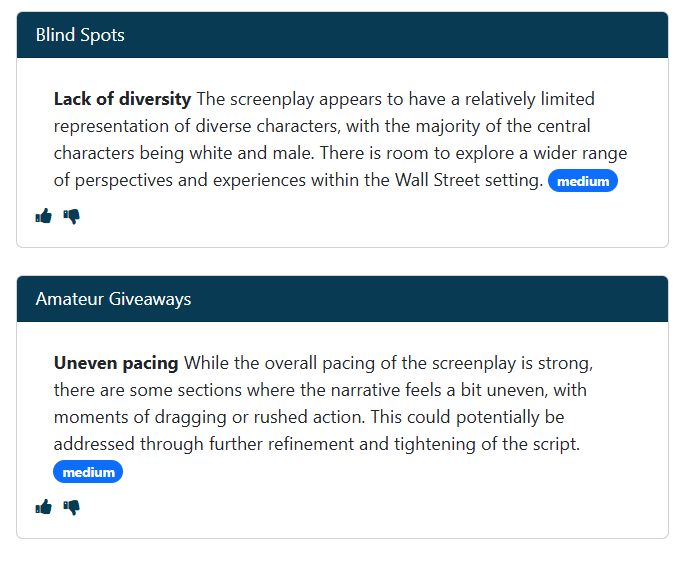Latest Logline Winner (Dec 22): "When a weary suburban man accidentally summons Getridothē — the ageless cleaner who only takes what someone is truly ready to release — he must decide which memories to keep and which obligations to finally let vanish."
See All WinnersYour Story. Our AI. The Perfect Rewrite.
The Critics Agree...
Writers and Producers share their experiences with ScriptReader.ai
Upload Your Script"ScriptReader is as good as it gets. This platform is truly remarkable and it will save you a ton of money. It will break your script down in a professional way and lay it all on the table for you in about 1 hour. Give it a go, you will truly be impressed."
"This is the most revolutionary tool for screenwriters since screenwriting software was invented. It looks at things I never thought were even something to be paid attention to, and now I go back to every scene I thought was brilliant and realize it could still be better."
What's your weakest scene?
All your scenes are analyzed on many criteria. It's easy to spot weak scenes in any criteria.
Check out Coco's Scenes to see how it works.
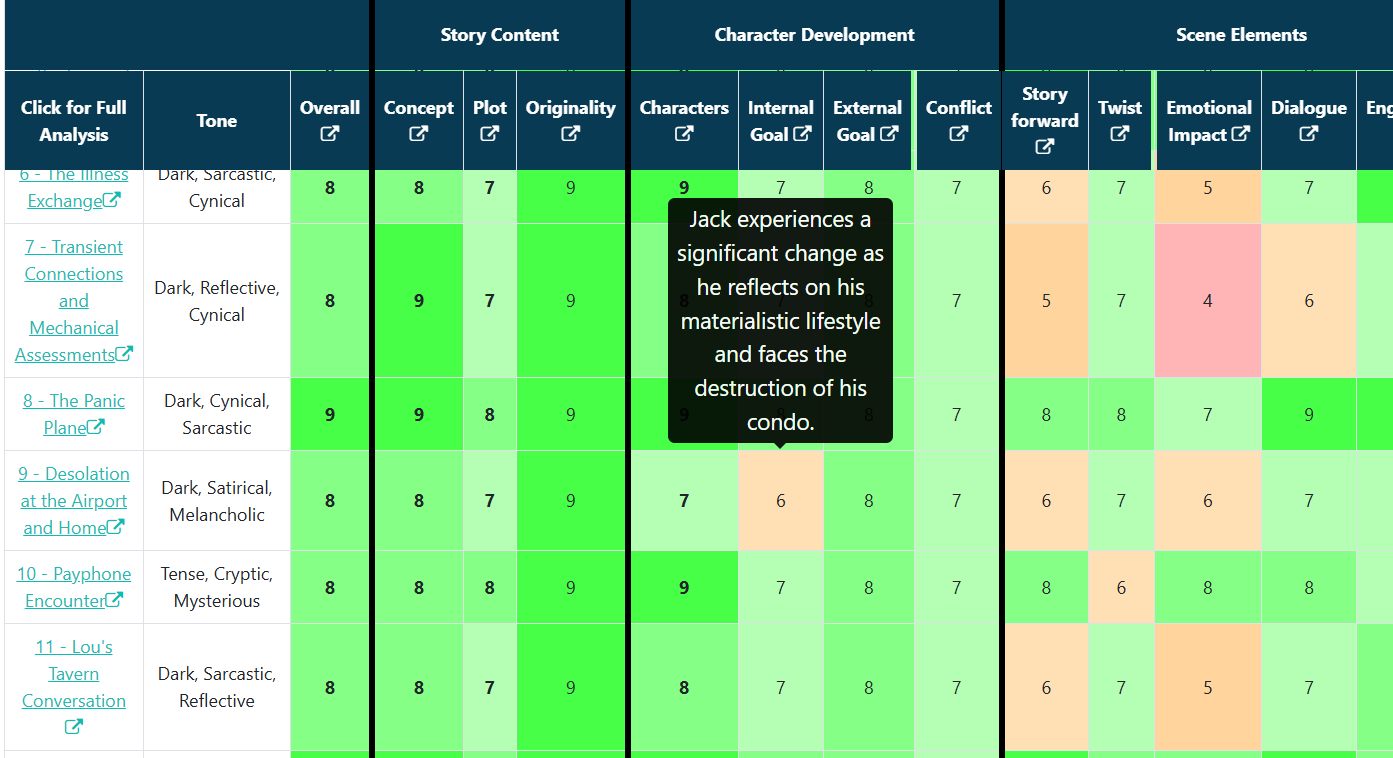
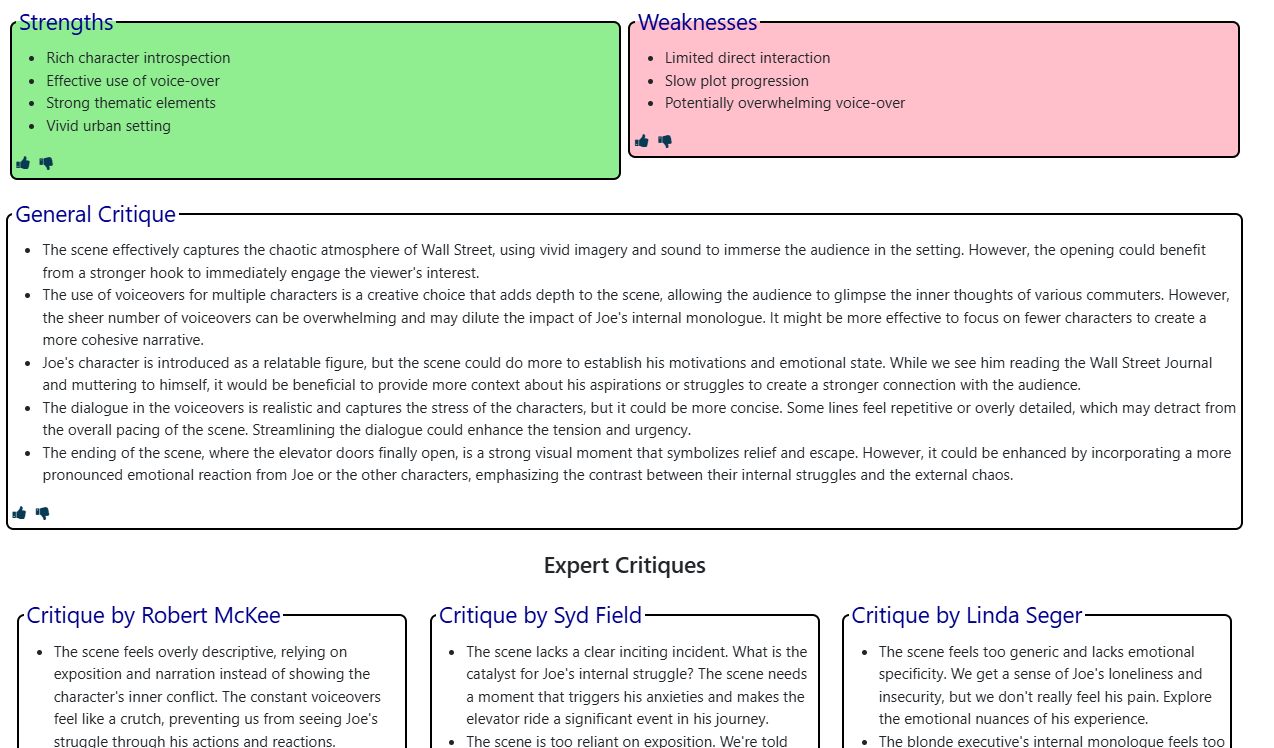
What are your weakest/strongest skills?
Is it conflict? Originality? Are you a conceptual writer and your concept and plot are amazing but characters and dialogue lame? We compare all criteria to the scripts in our vault and you see what percentile you fall in.
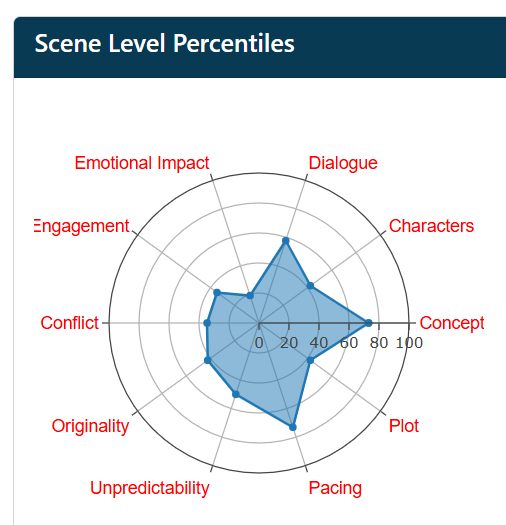
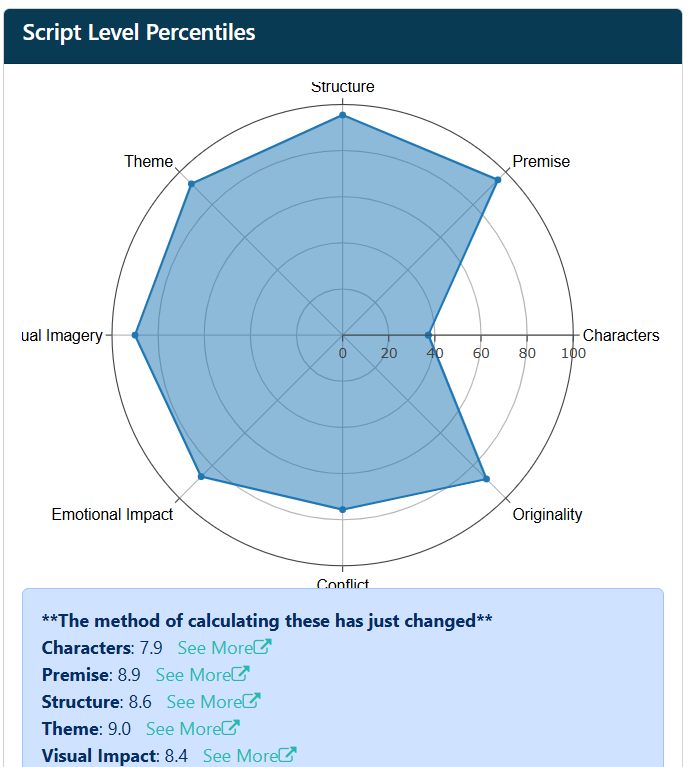
What emotional journey have you created?
.
Check out Coco's Analysis and scroll down to see it in action.
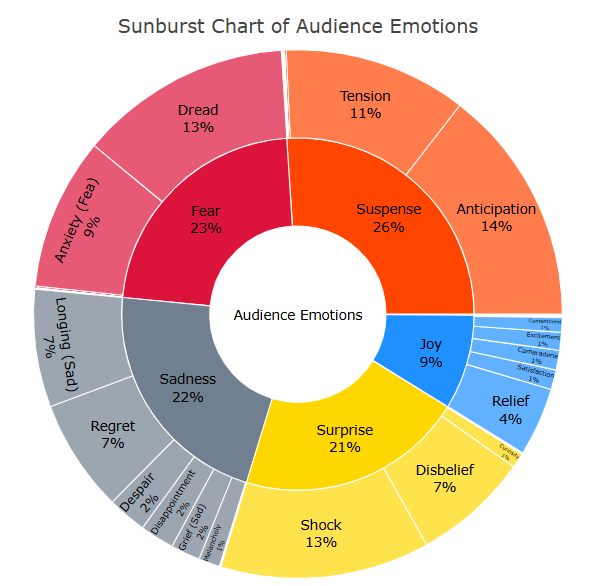
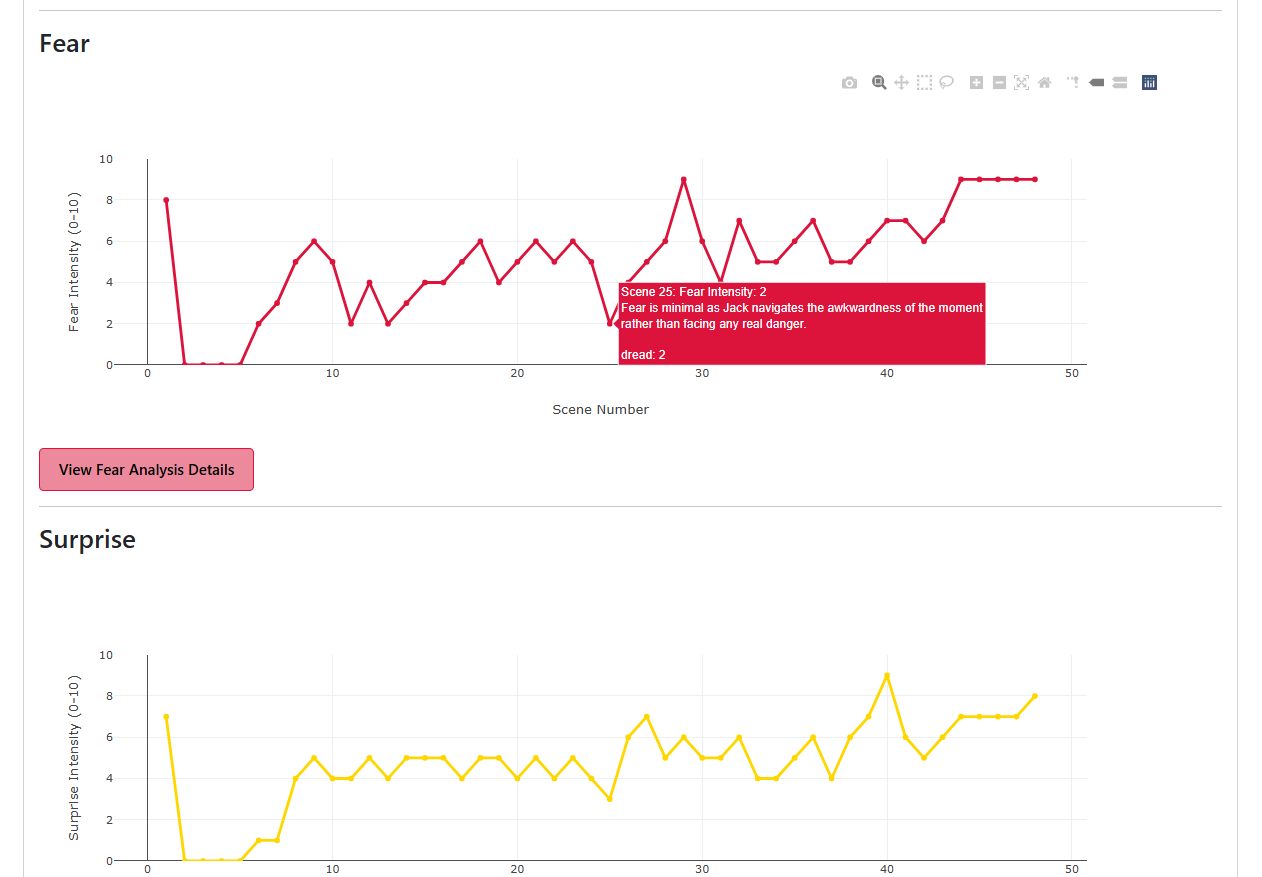
Hear From Experts...
Industry veterans tell their success stories with ScriptReader.ai
Upload Your Script"If you can't make your script at least 30% better with ScriptReader.ai, you're not doing your job as a writer. In bang for the buck, there's nothing even close."
"Script AI is a brilliant use of AI for script writing. It's a terrific resource for script writers, and for those who have to evaluate scripts."
